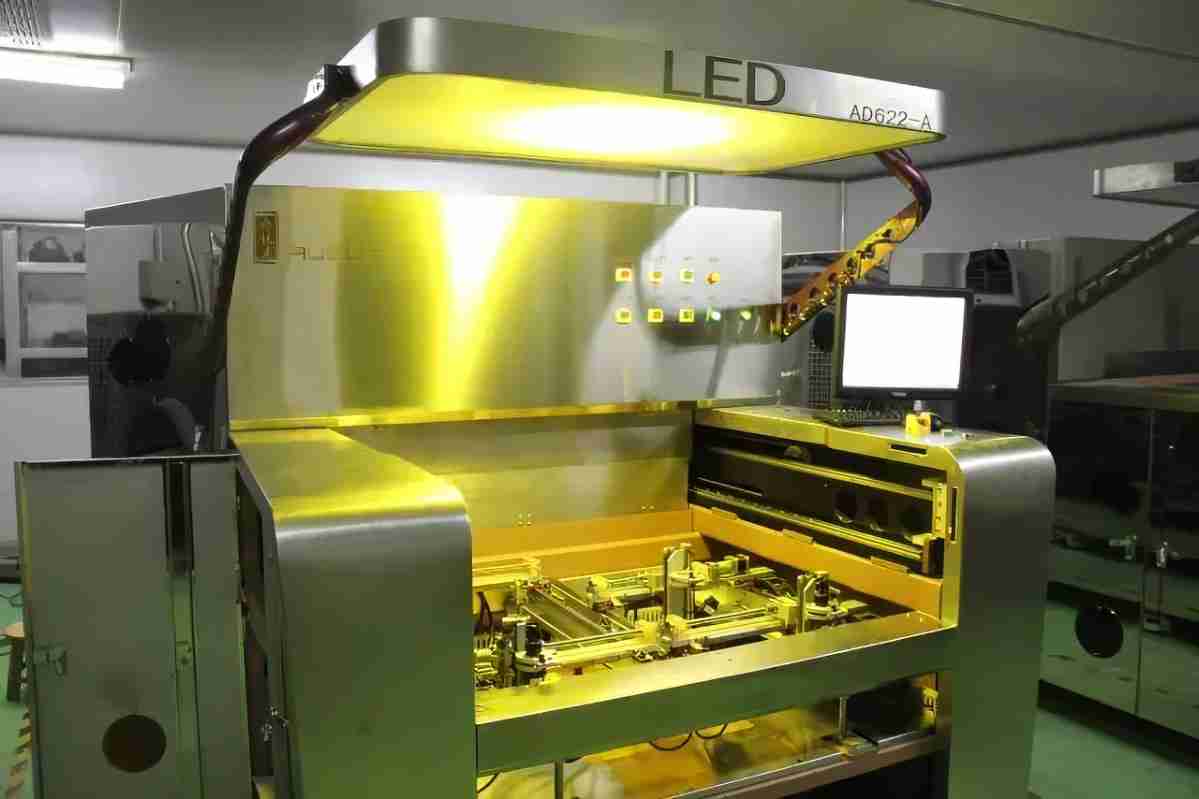We have already discussed pre-reflow AOI. Today, we will talk about the Post-reflow AOI. The inspection methods of pre-furnace AOI and Post-reflow AOI are the same.
Post-reflow AOI is performed after reflow soldering. Post-reflow AOI can effectively improve print circuit board quality and reliability.
The role of post-furnace AOI
The primary function of post-furnace AOI is to detect whether there are defects such as missing parts, wrong parts, empty solder joints, cold solder joints, and solder bridges on the circuit board after soldering.
Advantages of post-reflow AOI
Post-furnace AOI has the following advantages:
It can detect defects after welding, while manual visual inspection can only detect some defects.
It can automate the testing and improve the testing efficiency. It can generate the testing report to facilitate traceability and management.
Application scope of post-furnace AOI
The application scope of post-furnace AOI includes:
Consumer electronics, such as mobile phones, computers, televisions, etc.
Industrial control products: For example, robots, automotive electronics, etc.
Medical devices: For example, pacemakers, MRIs, etc.
The specific location of AOI after the furnace
The actual situation of the SMT production line can determine the specific location of the post-furnace AOI.
Generally speaking, post-reflow AOI can be installed at the reflow oven’s exit to detect the circuit boards after soldering.
Future Development of Post-Furnace AOI
Artificial Intelligence Technology: AI can help post-furnace AOI automatically identify and detect more complex welding defects.
3D detection technology: 3D detection technology can detect poor welding more accurately.
Big Data Analysis Technology: Big data analysis technology can improve the efficiency and accuracy of post-furnace AOI.
These trends will drive the further development of post-furnace AOI technology, helping to improve product quality and reliability.







